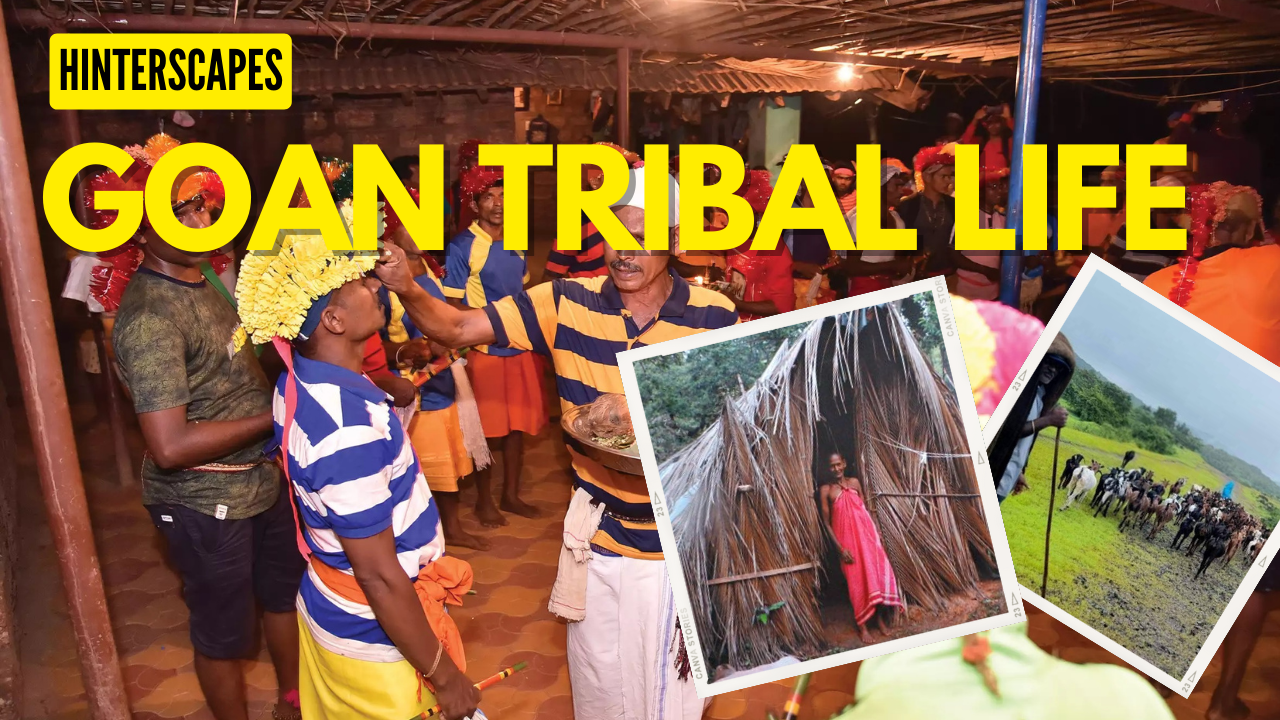Goa, despite being the smallest state in India, has a significant place in the country’s history, with a rich heritage and culture. The original settlers of Goa were tribes, who have played a crucial role in shaping its history. However, most of us may not remember much about them, even though we may have studied about them in school. In this article, let’s revisit the tribes of Goa and try to refresh our memories about their contribution to the region’s history and culture.
Goa’s rich history has attracted settlers throughout the ages, and as time has progressed, many have adapted to modern lifestyles. However, there are still those who prefer to maintain their ancient way of living and nomadic lifestyle. These tribes are a significant part of Goa’s heritage and culture. They continue to amaze tourists with their unique style, language, beliefs, and taboos that have been passed down through generations.
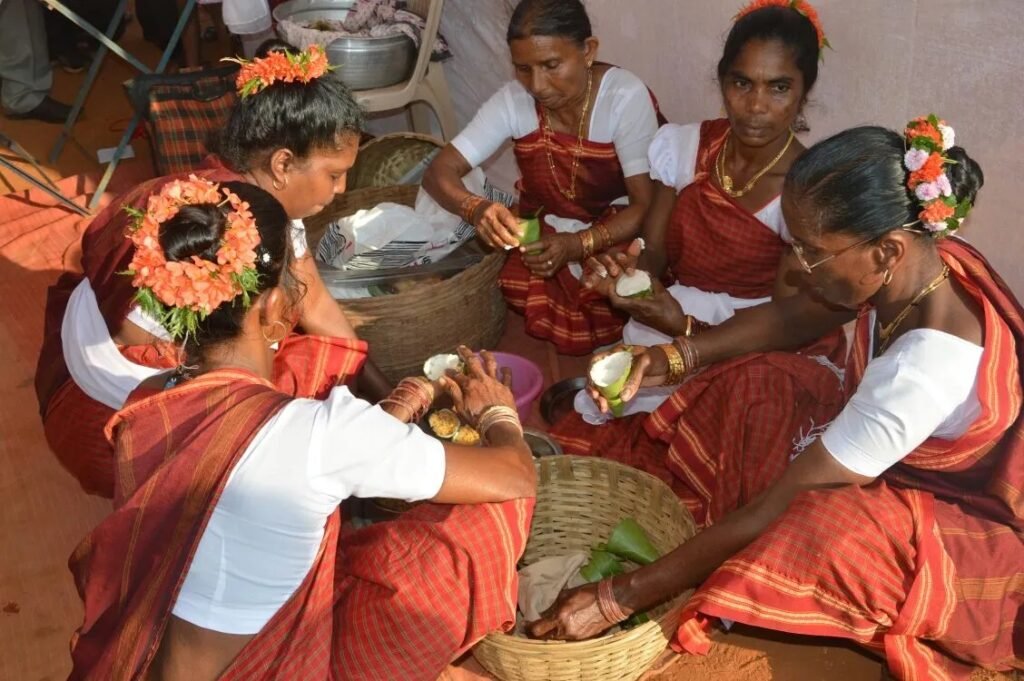
Are you in love with Goa but not beachy Goa?
Despite the passing of time, these tribes have stood firm, and their way of life offers a fascinating glimpse into a world that many travelers may never have experienced before. They are a major attraction for visitors to this coastal paradise, who come to witness their intriguing customs and traditions.
If you’re looking for a different lifestyle experience, one that is out of the ordinary, then come to Goa and immerse yourself in the captivating world of its tribal heritage. You won’t be disappointed!
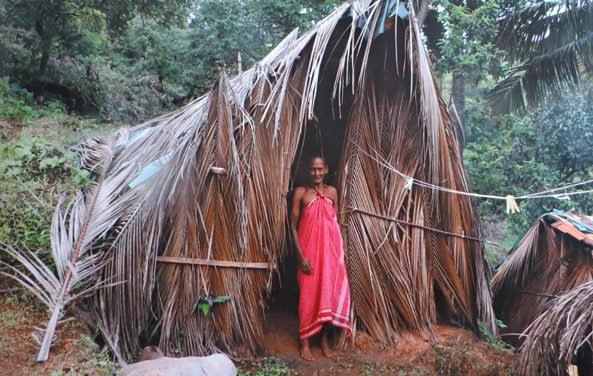
Goa is home to four major tribes – the Gowdas, the Kunbis, the Velips, and the Dhangars. These tribes live in small, close-knit communities, and their way of life is truly fascinating. Despite the passage of time, their customs, traditions, ceremonies, religious beliefs, and superstitions have remained largely unchanged, giving us a unique glimpse into their ancient way of living.
Tribal Life in Goa – A topic of study
Their lifestyle, though often called ‘primitive,’ is in many ways more civilized than modern society. Their habits, customs, and traditions are rooted in the soil and are untouched by the economic, technological, and scientific changes that have transformed the developed world. They offer a refreshing contrast to the fast-paced and sometimes impersonal lifestyle of modern society.
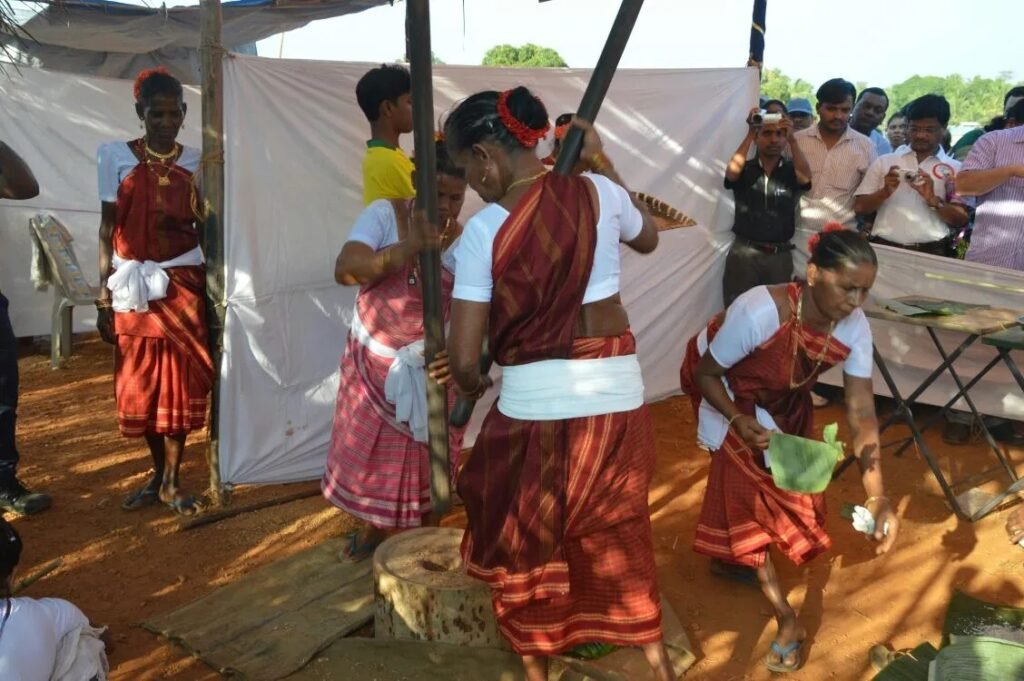
Visiting the tribal villages of Goa is an eye-opening experience that allows us to learn about their rich cultural heritage and the way they have managed to survive and thrive in an ever-changing world. By embracing their way of life, we can gain a deeper appreciation for the natural world and the importance of preserving cultural diversity.

It is truly remarkable that despite the many changes that have taken place in the world, the tribes of Goa have managed to preserve their ancient and indigenous ways of life, customs, and traditional practices. It is important to note that while many have chosen to move on to a different way of life, others have chosen to stay true to their cultural heritage and continue living in their ancestral villages.
Four Major Tribal Communities of Goa
Of the four major tribal communities in Goa – the Gowdas, Kunbis, Velips, and Dhangars – the first two are more well-known than the latter. However, each of these tribes has a unique cultural identity, language, and customs that are worth exploring and understanding.
In today’s world, the internet has made it easier to access information about these tribes, and there are many articles and resources available online that can provide valuable insights into their rich cultural heritage. It is important to continue learning and educating ourselves about these tribes, not only to gain a better understanding of their way of life but also to appreciate and celebrate the diversity of our world.
The Gowdas – Tribes of Goa
The Gowda community is believed to be the first settlers in Goa, although there is no written evidence to confirm this. It is speculated that they may have migrated from Bengal, as they share many customs and traditions with the Gowda community from that region. The name ‘Gowda’ is thought to have originated from the Sanskrit word ‘Gaon,’ which means village.
Despite being followers of Hinduism, the Gowdas do not have a hierarchical order within their community. They also practice cross-cousin marriages between paternal and maternal cousins, and marriages outside their community are not encouraged. Women in the community play a significant role in economic, social, and political activities, but they are not allowed to participate in any religious rituals, including those related to the deity worshipped in the household.
Gowdas – Religious Beliefs
The Gowdas are followers of Lord Mallikarjun, a form of Lord Shiva. Their unique way of life and religious practices are fascinating and offer a glimpse into their ancient cultural heritage. It is important to continue to learn about and appreciate the customs and traditions of this community to promote understanding and respect for cultural diversity.
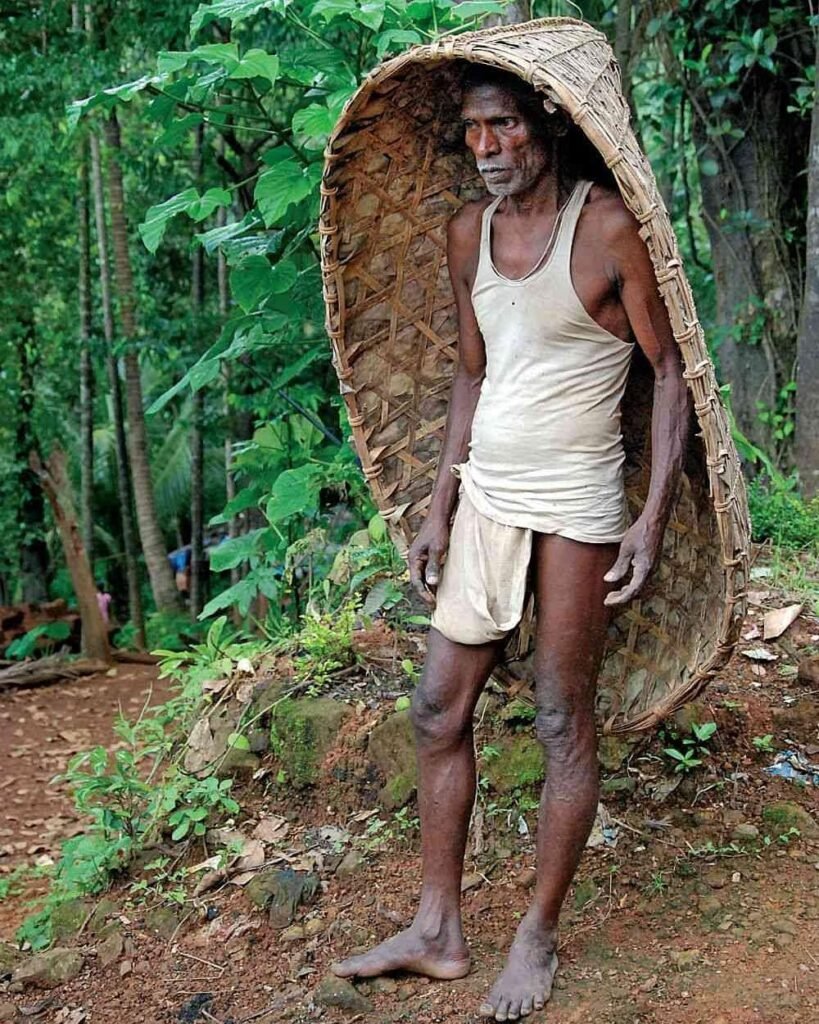
There is no official record of where or from which direction the Gowdas may have migrated to Goa. However, legends float in the air and you can sniff many of those. Some scholars have linked them to the Gowda community of Bengal, because of many similar customs and traditions. Believed to derive their name from the Sanskrit word “Gaon” for a village, they are said to be among the earliest inhabitants of Goa.
The Gowdas are Hindus, with no specific hierarchical order and don’t marry outside their community. You can find them consonant in many ways with the Velips. They are very well known to save the role and rights of women in their society. Women play a very active role in economic, social and political activities. But ironically are not allowed to participate in religious rituals, even in those related to the clan deity in the family house. The festival of the Gowda tribe is an interesting thing to behold. By singing and dancing around Malikkarjun (Lord Shiva), the main deity, they indeed create a magnificent vista.
The Kunbis – Tribes of Goa
The Kunbi community is known for their simplicity and hardworking nature. They are generally short in stature and tend to be shy. Despite the changes in modern times, they still follow their traditional customs and way of life. If you plan a holiday trip to the interiors of Goa, you can experience their unique lifestyle. So come and witness the antiquity of their culture.
The Kunbis live in small huts made of mud walls and bamboo roofs adorned with coconut palm leaves or straws. They are primarily involved in agriculture, and you can see them nurturing lush green fields. Their way of life is a reflection of their deep connection to the land and their belief in living in harmony with nature.
Exploring the Kunbi community and their way of life can be a truly enriching experience. It can help us appreciate the simple joys of life and the importance of preserving our connection with nature.
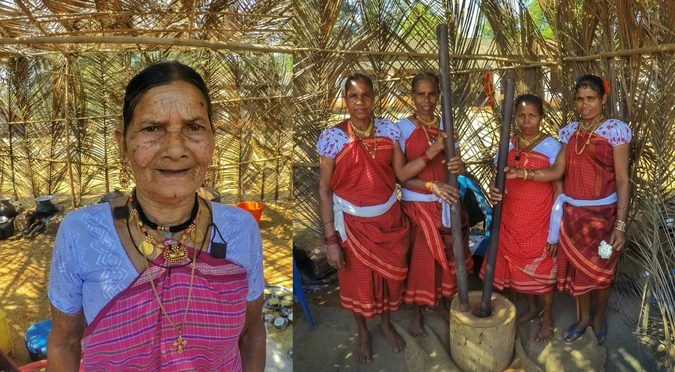
The Kunbis are an excellent example of a living community, blessed with strong links with relatives and others. They live together, clustered into several hamlets, known as ‘kutumba’, from the Sanskrit word ‘kutumbakam’ which means a family. Kunbis have a rich tradition of art and culture to which they attach particular importance. Listen to their songs, that are melodious, behold their dances, that are colorful. Participate during the spring festival of Shigmotsav in February-March, and you can have the pleasure to behold one of the grand ceremonies of tribal Goa.
Velips – Tribes of Goa
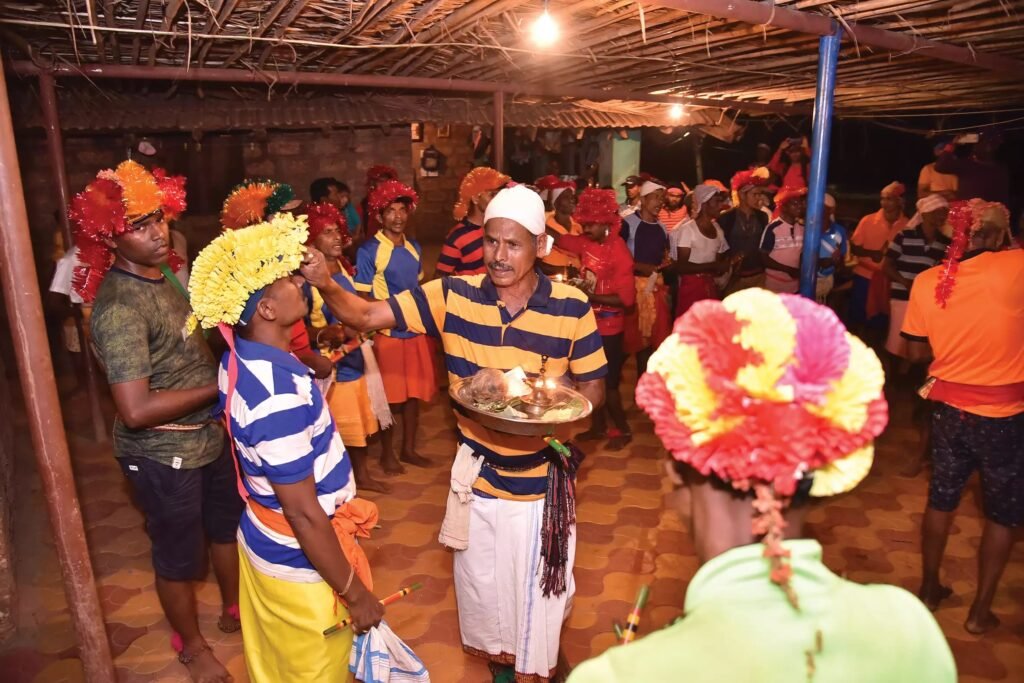
The Velips have a unique cultural identity that sets them apart from the other tribes in Goa. Their customs and traditions are still deeply rooted in their ancient way of life. They take great pride in preserving and practicing them. Interestingly, the Velips trace their lineage back to the Stone Age and still practice some concepts that are similar to the prehistoric period.
One of the unique features of the Velips is their surnames. Those whose ancestors are settled in a Goan village are called “Gaonkar” (Sanskrit, Gaon: village). The surname “Zarkar” is derived from the word “Zara” which means a fountain. Another surname, “Dahikar,” is derived from the word “Dahi” (yogurt). The joint family system is prevalent among the Velips. They are considered to be economically more stable than other tribes.
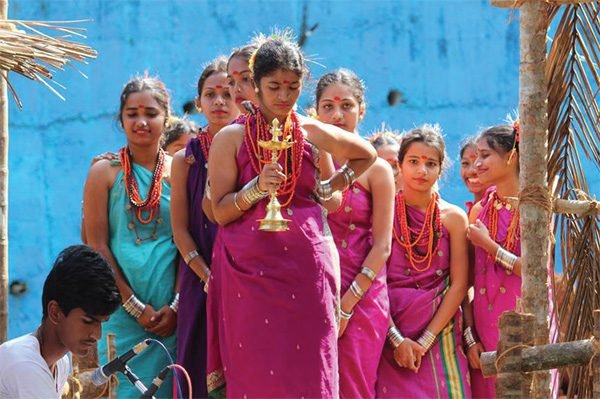
Despite the changes that have taken place in the world, the Velips continue to live a simple life. They dwell in small huts made of mud walls with bamboo roofs. These huts are adorned with coconut palm leaves or straws, and they cultivate their own fields. Like the Kunbis, they are known to be hardworking and simple people who adhere to their age-old customs and traditions.
Dhangers – Tribe of Goa
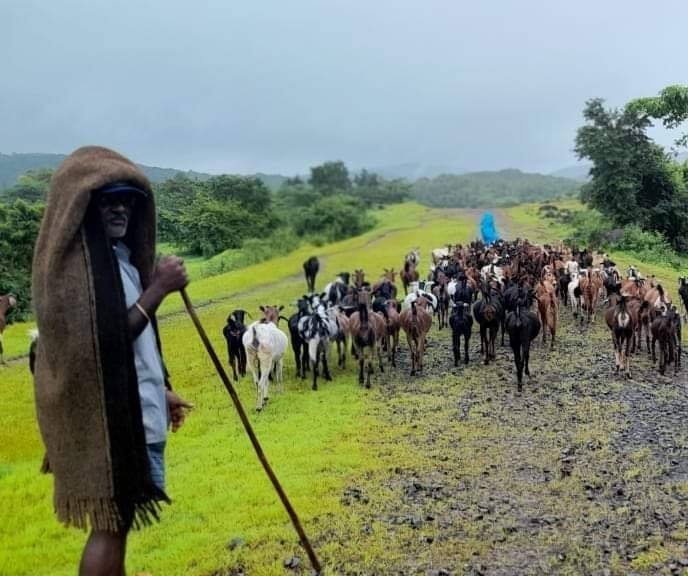
Polygamy may have been a common practice among the Dhangars in the past. But it is not legal in India and is not encouraged in modern times. Additionally, the reference to the bride being “purchased” can be seen as derogatory and is not an accurate portrayal of their customs and traditions. It is important to use language that is respectful and culturally sensitive when discussing other communities and their practices.
Also Read about a Famous Festival of Goa, Shigmoutsav! And don’t forget to follow us on Instagram!


